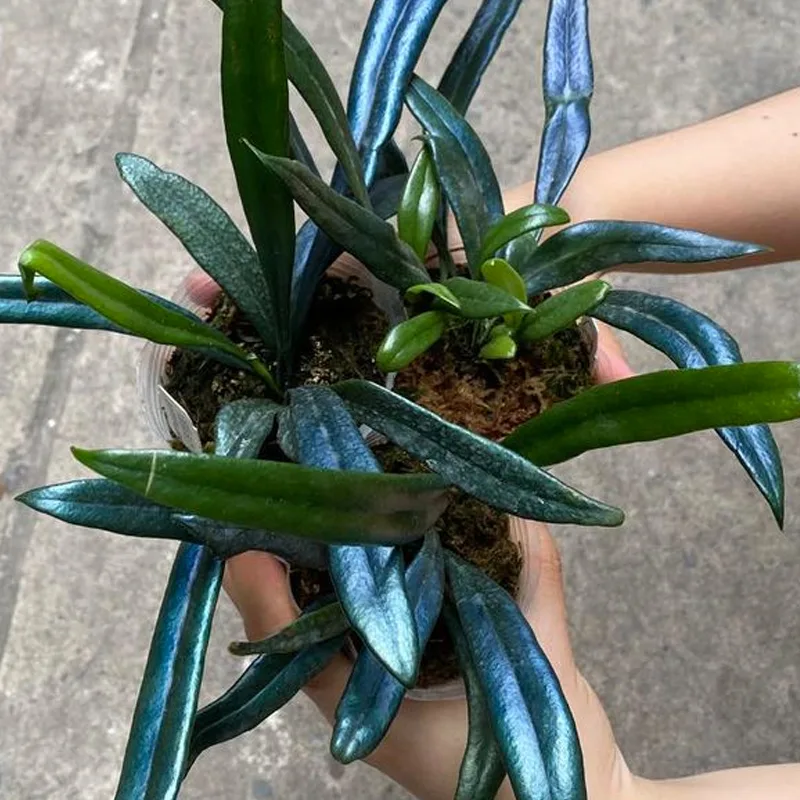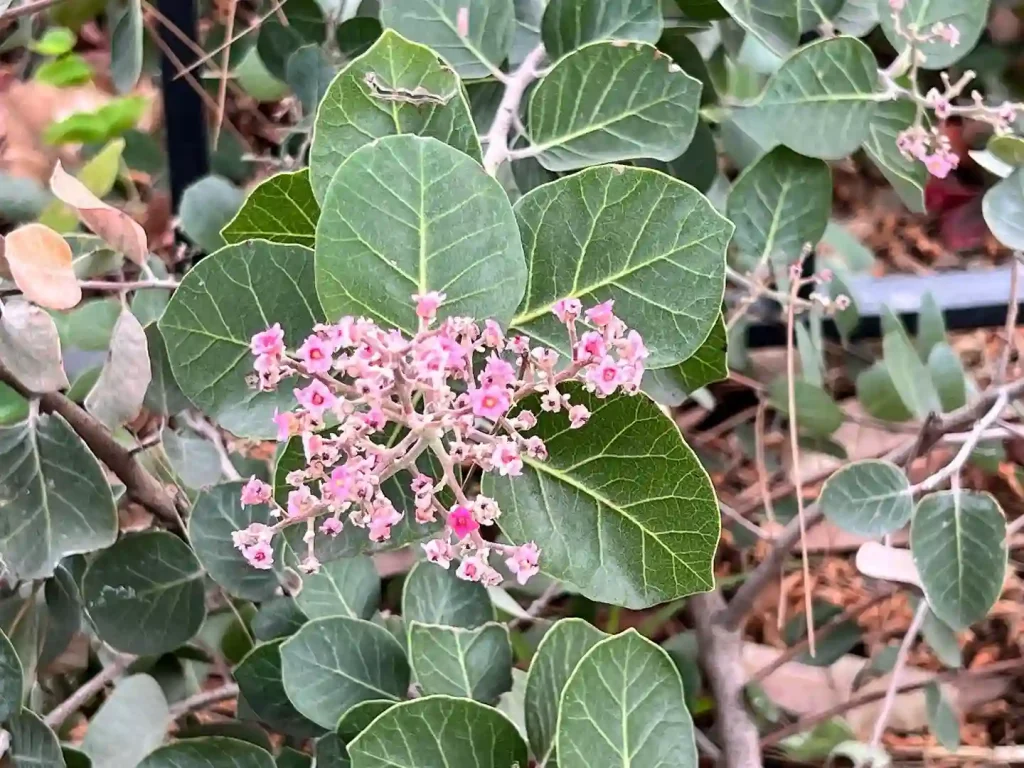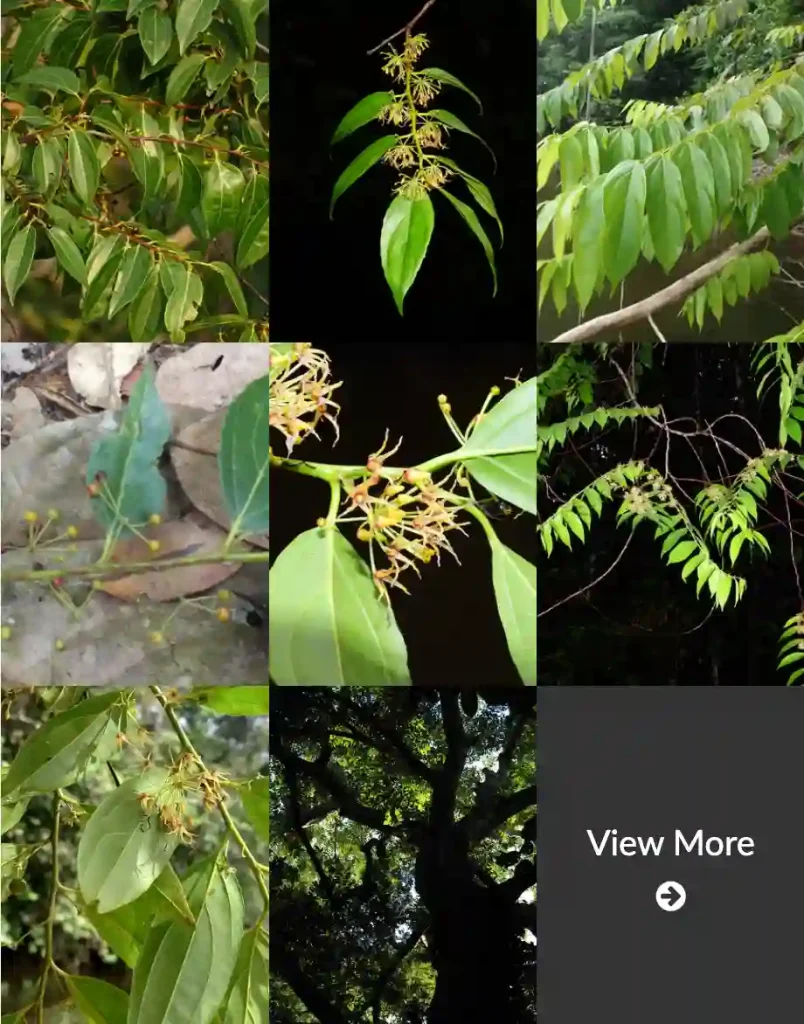Exploring the Chloranthaceae Family
As I delve into the fascinating world of plants, I find myself increasingly drawn to unique families, and one that has captured my attention is the Chloranthaceae family. Known for its intriguing genera, such as Ascarina, Chloranthus, Hedyosmum, and Sarcandra, this family offers a remarkable glimpse into plant diversity. In this article, I’ll share my insights and experiences with these genera, highlighting their characteristics, uses, and significance.
A Closer Look at Ascarina
Ascarina is a genus I find particularly interesting. This genus consists of flowering plants native to tropical and subtropical regions, mainly found in Southeast Asia and the South Pacific. The plants in this genus are primarily shrubs or small trees, making them excellent candidates for landscaping in warmer climates.
I remember my first encounter with Ascarina. I was visiting a botanical garden when I stumbled upon a beautifully blooming specimen. The flowers, small and delicate, had a subtle fragrance that drew me closer. Upon further inspection, I learned that Ascarina has medicinal properties and is traditionally used in local herbal medicine. The leaves are often utilized to make soothing teas, a fact that piqued my interest as someone who appreciates the intersection of botany and health.
Chloranthus: The Aromatic Delight
Moving on to Chloranthus, I found this genus to be equally captivating. Comprising about 20 species, Chloranthus plants are typically found in East Asia and are known for their aromatic leaves and flowers. The name “Chloranthus” itself translates to “green flower,” which aptly describes the inconspicuous yet charming floral structures that often go unnoticed.
My fascination with Chloranthus grew during a hike in a lush forest in Taiwan. As I walked through the verdant greenery, I encountered a dense patch of Chloranthus. The scent of its leaves was invigorating, reminiscent of fresh herbs. This genus is not just aesthetically pleasing; it has culinary applications too. In some cultures, the leaves are used to flavor dishes, adding a unique aromatic touch. The more I explored Chloranthus, the more I appreciated its role in both nature and cuisine.
Hedyosmum: A Hidden Gem
Next, we have Hedyosmum, a genus that I consider a hidden gem within the Chloranthaceae family. With around 30 species mainly found in the tropics, Hedyosmum species often thrive in humid environments, such as rainforests. These plants typically feature striking foliage and small clusters of flowers that are often green or white.
During my travels in Central America, I encountered Hedyosmum in its natural habitat. What struck me the most was the plant’s adaptability; it thrived in shaded areas, showcasing its resilience. I also discovered that some species have medicinal uses, particularly in traditional medicine, where they are valued for their potential health benefits.
One memorable experience was when I participated in a local workshop focused on sustainable harvesting of Hedyosmum leaves for herbal remedies. It was enlightening to learn about the cultural significance of this genus and how it’s intertwined with local traditions.
Sarcandra: The Versatile Herb
Last but not least is Sarcandra, a genus that has a unique place in my heart. Sarcandra species are primarily found in Asia and are often associated with wetland habitats. Known for their robust growth, these plants can thrive in marshy areas, making them essential for maintaining ecosystem health.
What I appreciate about Sarcandra is its versatility. In traditional medicine, it’s often used to treat a variety of ailments. I had the chance to experiment with Sarcandra in my garden, and I found it to be a resilient plant that added a lovely texture to my landscape. The leaves are not just ornamental; they can be used to make herbal infusions, similar to those made from Ascarina.
I recall the satisfaction I felt when I brewed a tea using Sarcandra leaves for the first time. The flavor was earthy and soothing, a perfect remedy after a long day. This experience underscored the importance of exploring plant families not only for their beauty but also for their potential benefits.
The Importance of the Chloranthaceae Family
Exploring the Chloranthaceae family has opened my eyes to the incredible diversity of plant life. Each genus, from Ascarina to Sarcandra, contributes uniquely to our ecosystems and cultures. Whether it’s through their medicinal properties or their roles in sustainable landscaping, these plants serve as a reminder of nature’s ingenuity.
In an age where biodiversity is under threat, understanding and appreciating families like Chloranthaceae is crucial. By recognizing their value, we can advocate for their conservation and ensure future generations enjoy their benefits.
As I continue my journey through the plant kingdom, I look forward to uncovering more secrets from the Chloranthaceae family. Each encounter leaves me inspired and eager to share my findings, hoping to encourage others to appreciate these remarkable plants.
If i die, water my plants!



